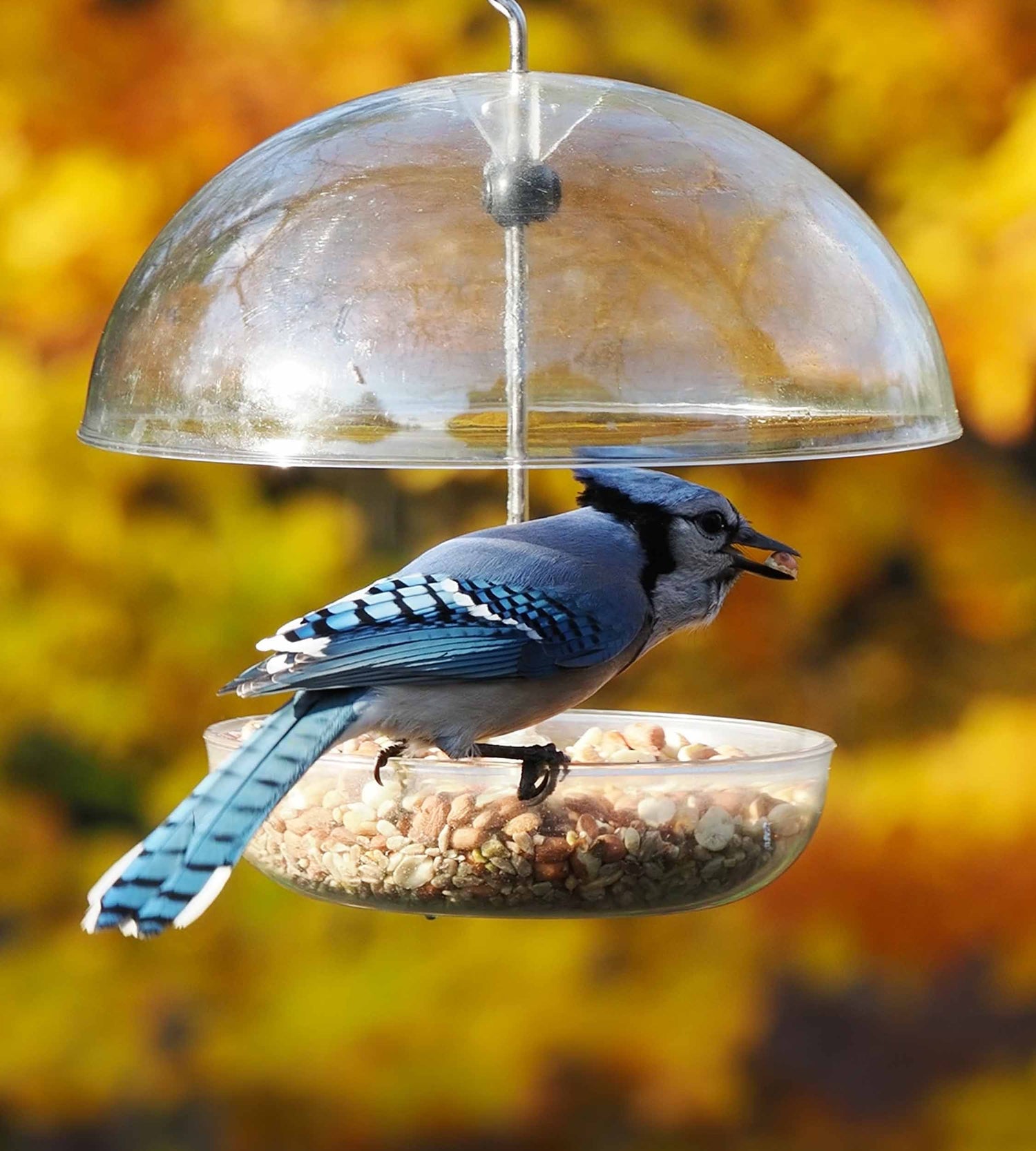Feeding birds can be a rewarding experience. It brings a sense of joy and connection with nature.
But what to put in a bird feeder? This question often puzzles many bird enthusiasts.
Different bird species have different dietary needs. Understanding these needs is crucial to attract a wide range of backyard birds.
In this guide, we’ll explore various types of bird food. From suet cakes and bird seeds to fresh fruits and mealworms, we’ll cover it all.
We’ll also delve into the importance of choosing the right feeder for your bird food. Whether you’re catering to small finches or large cardinals, we’ve got you covered.
Understanding Bird Feeding Basics
Bird feeding is more than just filling a feeder with seeds. It’s about understanding the dietary needs of different bird species.
Some birds prefer seeds, while others are attracted to fruits or insects. Offering a variety of food can attract a diverse range of birds to your feeder.
The Importance of Variety in Bird Feeders
A variety of food in your bird feeder can attract a wide range of birds. Different species have different dietary needs and preferences.
Offering a mix of seeds, nuts, fruits, and suet can cater to these diverse needs. Here are some food types that can attract different birds:
• Seeds and mixes: Attract finches, cardinals, and jays
• Suet: Attracts woodpeckers, bluebirds, and chickadees
• Nuts and peanuts: Loved by jays and woodpeckers
• Fresh fruit: Orioles and other fruit-loving birds enjoy these
• Mealworms: Bluebirds and other insect-eating birds find these irresistible
Popular Bird Feeder Foods
Birds are attracted to a variety of foods. The key is to offer foods that provide high nutritional value and cater to the dietary needs of different bird species.
Understanding the preferences of the birds in your area can help you choose the right food. Let’s delve into some popular bird feeder foods and the birds they attract.
Seeds and Mixes for Different Birds
Seeds are a staple in bird feeders. They are loved by a wide range of birds and are easy to offer.
Different seeds attract different birds. For instance, sunflower seeds are a favorite among cardinals, while nyjer or thistle seeds are preferred by finches. Here are some seeds and the birds they attract:
• Sunflower seeds: Cardinals, jays, and finches
• Nyjer or thistle seeds: Finches and chickadees
• Safflower seeds: Cardinals and grosbeaks
Suet: A High-Energy Bird Food
Suet is a high-energy food that is especially beneficial in the colder months. It’s made from animal fat and is often mixed with seeds, nuts, or fruit.
Woodpeckers, bluebirds, and chickadees are particularly attracted to suet. Offering suet cakes or balls in a suet feeder can provide these birds with a much-needed energy boost.
Nuts and Peanuts: Nutritious Treats for Birds
Nuts and peanuts are a nutritious treat for many birds. They are high in fat and protein, providing birds with the energy they need.
Jays, woodpeckers, and chickadees are particularly fond of peanuts. Remember to offer unsalted nuts and peanuts, as salt can be harmful to birds.
Fresh Fruit and Mealworms: For a Natural Diet
Fresh fruit and mealworms can be a great addition to your bird feeder. They cater to the natural diet of many birds and can attract a variety of species.
Orioles and other fruit-loving birds enjoy fresh oranges and apples. Bluebirds and other insect-eating birds find mealworms irresistible. Offering these foods can help attract these beautiful birds to your feeder.
Choosing the Right Feeder for Your Bird Food
The type of feeder you choose can greatly influence the variety of birds you attract. Different feeders cater to different bird species and food types.
For instance, tube feeders are great for small seeds and attract finches and chickadees. Platform feeders can accommodate larger seeds and nuts, attracting birds like jays and cardinals.
Small Bird Feeder Options
Small bird feeders are perfect for small seeds like nyjer. They are designed to cater to small birds like finches and chickadees, preventing larger birds from hogging the food.
Large Bird Feeder Considerations
Large bird feeders, on the other hand, can accommodate larger food items like whole peanuts and big seed mixes. They are ideal for attracting larger birds like jays and woodpeckers. However, they may also attract unwanted visitors like squirrels, so consider a squirrel-proof design.
Additional Bird Feeding Tips
Bird feeding is not just about providing food. It’s also about creating a safe and welcoming environment for our feathered friends.
Here are some additional tips to enhance your bird feeding experience:
• Regularly clean your feeders to prevent disease spread.
• Place feeders in a quiet and safe location, away from predators.
• Be patient. It may take time for birds to discover your feeder.
• Participate in citizen science projects to contribute to bird conservation efforts.
Maintaining a Clean and Safe Feeding Environment
Maintaining a clean and safe feeding environment is crucial for the health of the birds. Regularly clean your feeders and the surrounding area to prevent the spread of diseases. Also, ensure the feeder is placed in a location safe from predators.
Conclusion: Creating a Bird-Friendly Habitat
In conclusion, creating a bird-friendly habitat goes beyond just filling a feeder. It involves understanding the dietary needs of different bird species, providing a variety of food, and ensuring a safe and clean feeding environment. With patience and care, you can enjoy the rewarding experience of attracting a wide range of birds to your garden.






